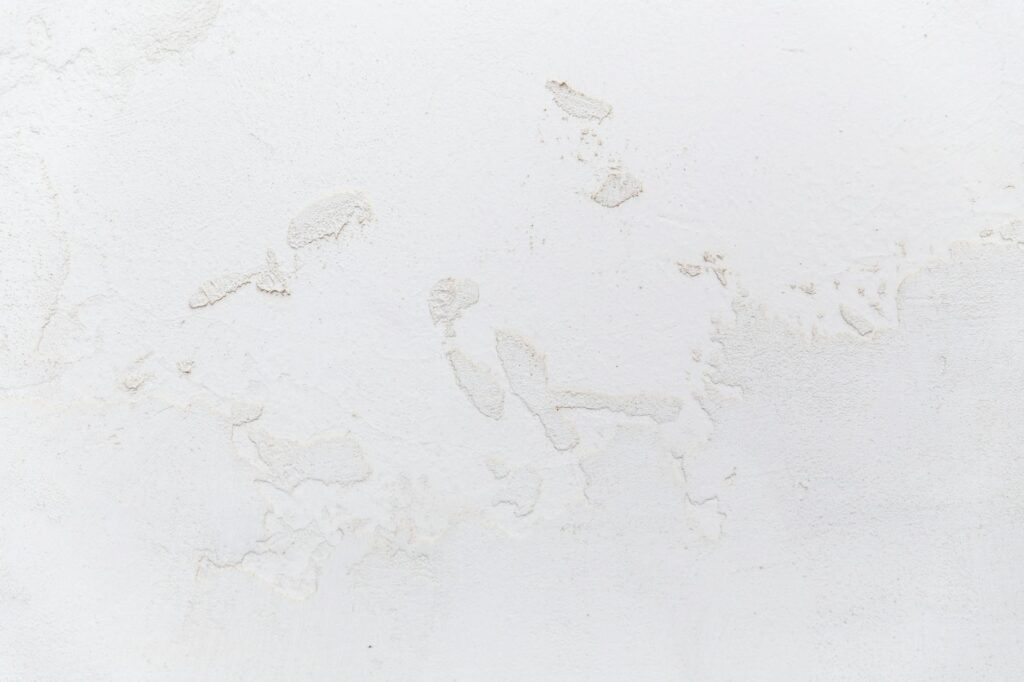Discovering a crack in your foundation can be alarming, but understanding the issue is the first step towards resolving it. This post will guide you through identifying, assessing, and addressing foundation cracks in your house.
Identifying Foundation Cracks
Not all foundation cracks are cause for immediate panic. Hairline cracks, particularly those that are very thin, short, and haven’t changed over time, may be insignificant. However, wider cracks, those that are actively growing, or those accompanied by other warning signs should be investigated further. 
Types of Foundation Cracks
Foundation cracks can appear in various forms. Vertical cracks, horizontal cracks, and diagonal cracks all indicate different potential problems. Understanding the type of crack can help determine its severity. For instance, a large, diagonal crack may indicate more serious structural issues than a small, vertical crack. Learn more about identifying different crack types.
Assessing the Severity
Several factors determine the severity of a foundation crack. The size, location, and presence of any associated problems like water leakage or shifting are crucial considerations. Consulting a professional foundation repair company is strongly recommended for accurate assessment. [IMAGE_2_HERE]
Causes of Foundation Cracks
Foundation cracks can result from various factors, including settling soil, expansive clay soils, tree root pressure, and even improper construction techniques. Understanding the cause can be crucial in determining the best repair strategy. Read more about common causes of foundation damage.
Repairing Foundation Cracks
Repairing foundation cracks requires a professional assessment. Simple cracks might be repairable with epoxy injection, while more extensive damage may necessitate more comprehensive solutions, such as underpinning or helical piers. [IMAGE_3_HERE]
Preventing Future Cracks
Taking preventative measures can significantly reduce the likelihood of future foundation problems. Proper grading around the house, ensuring adequate drainage, and monitoring soil conditions are all crucial steps. Discover preventative measures for foundation health.
When to Call a Professional
If you notice significant cracks, signs of water intrusion, or structural instability, it’s crucial to contact a qualified foundation repair specialist. Delaying professional assessment can lead to more extensive and costly repairs down the line. Find a reputable foundation contractor near you.
Understanding Your Homeowner’s Insurance
Check your homeowner’s insurance policy to understand the coverage related to foundation damage. Some policies cover foundation repair, while others may not. Review your policy details carefully or consult with your insurance provider for clarification. [IMAGE_4_HERE]
In conclusion, addressing a foundation crack requires careful observation, assessment, and potentially professional intervention. Don’t hesitate to seek expert advice if you’re unsure about the severity of the problem.
Frequently Asked Questions
What are the common signs of foundation problems? Cracks in the foundation walls, sticking doors or windows, sloping floors, and gaps around door frames are common signs.
How much does foundation repair cost? The cost varies greatly depending on the extent of damage and the chosen repair method. It can range from a few hundred dollars to tens of thousands.
How can I prevent foundation cracks? Maintaining proper drainage around your home, addressing soil issues, and regular inspection are crucial steps.
Is foundation repair covered by insurance? Coverage depends on your specific policy. Check your policy documents or contact your insurance provider for clarification.
How long does foundation repair take? The time required for repair varies greatly depending on the project’s scale and complexity.

